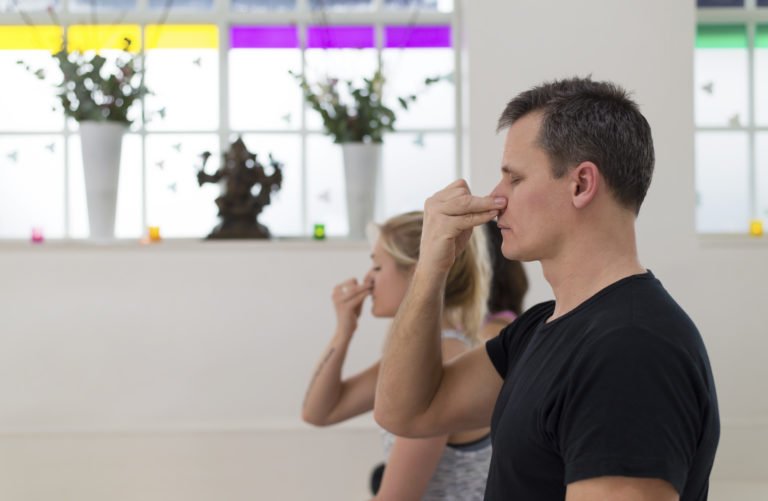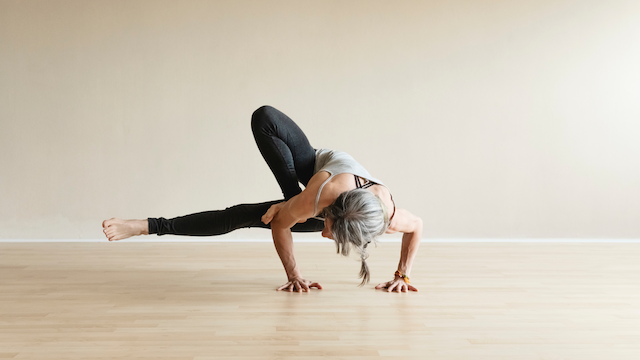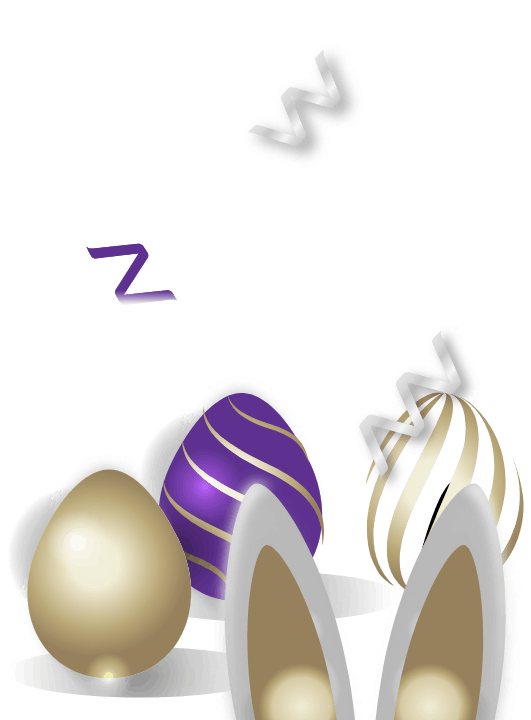In the practice of pranayama, we start to move away from our automated breathing into deeper breathing. Lengthening the inhalation, exhalation, or both. As we become more advanced, we also look at the spaces in between. This is deeply calming and relaxes the nervous system.
There are numerous practices in pranayama, but to start, we have to be able to look into the body and observe the breathing itself, either in a supine position (where we are lying down) or by sitting up.
When we come to pranayama practices that are not just observing our automated breathing, but say doing a longer inhalation or exhalation in Ujayi pranayama, the head will be forward in Jalandra Bandha, a Mudra or gesture where we can quieten the senses and look into the breathing body. We do this so that the brain does not get stimulated by the senses, or organs of perception grasping outwards. We use our senses, the eyes, the ears, nose to look inwards and our skin to feel the breathing. For example, using our hearing to listen to the sound of our breathing, using our nose to feel the flow of air.
Feeling our skin move against our clothing as the chest expands during inhalation. This is how we navigate and change our automated breathing, by learning to control the flow of air via the nose, changing the volume and the velocity of air. We also bring awareness and learn to navigate opening the chest, feeling the deeper spaces of the chest and the abdominal area, placing our awareness there and guiding our breathing into those spaces.
There are some yoga asanas that are more conducive to practicing pranayama and or/preparing to practice. Having been to Pune many times and seeing B.K.S. Iyengar practicing in his later years, you were fully aware that he was doing a deep practice. There was enormous space in his chest, and the nerves were calmed. He was simply radiating. Prashant Iyengar often tells of the reason why he does not travel, stating that the body is his airport, where he can travel whereever he wants. Why must one travel when a whole world of exploration is there within you?
In order to look at our breathing, we have to understand what parts of the body are involved; the chest and the abdomen. Some asanas will open the chest, and some will give you a sense of the abdominal area. Others will do both. In our asana practice we are also striving to get a sense of not only the front of the body but also the back and the sides.
As humans we tend to just ignore everything that is not in our direct vision. Yoga teaches you to look inwards. That means the back body and the sides. Thinking of the chest circumferentially.
Here are some asanas that are good for your pranayama practice:
1. Rope Sirsasana: this asana helps to lengthen the whole body, releasing the spine and abdomen. It gives tremendous length to the body.
2. Sarvangasana and all its variations: the chest is open, and the chin is in Jalandra Bandha, which prepares you for a supine or seated practice. The use and placement of the shoulders is fundamental in helping you to sit well in a seated position for pranayama.
3. Viparita Karani: this stills the nervous system and makes you aware of the abdominal area, a fundamental in the practice of pranayama. The asana means inverted lake – the abdomen takes on this aspect. The same action of the chin towards the chest is there in jalandra bandha.
4. Virasana forward bend.
All the poses will give you a different aspect of your sense of self and where you can access and feel your breathing. i.e., in the chest or the abdomen. We are giving you tools to develop openness in the body, develop feeling and awareness and prepare you for your supine and seated practice. The above are just a few examples of the held asanas.
II.52 tath ksyite parkasa avarnam
Pranamyama removes the veil covering the light of knowledge and heralds the dawn of wisdom. Its practice destroys illusion, consisting of ignorance, desire and delusion which obscure the intelligence; and allows the inner light of wisdom to shine. As the breeze covers the sun, pranayama wafts away the clouds that hide the light of intelligence.
B.K.S. Iyengar, Light on the Yoga Sutras of Patanjali.











